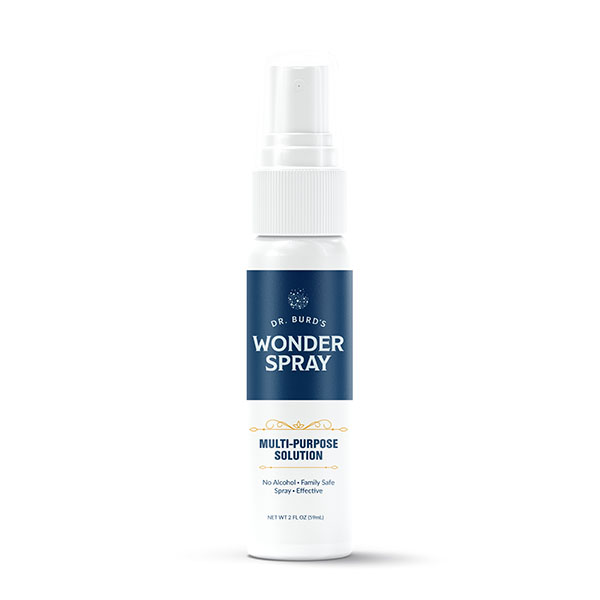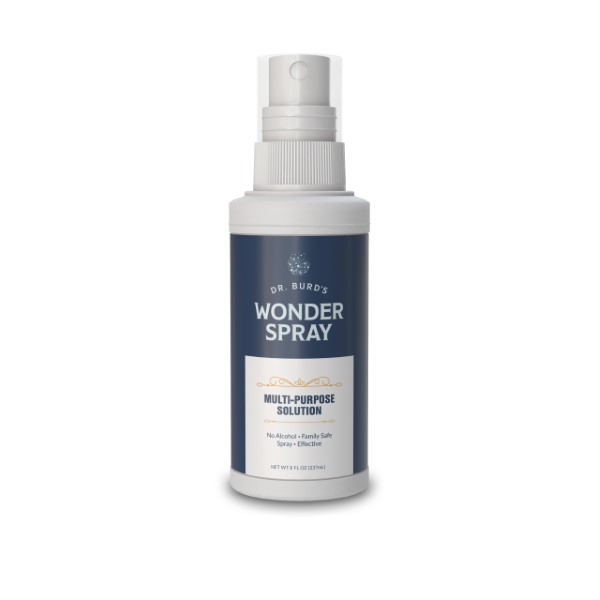The Cycladic islands are famous all over the world as an ideal holiday destination, especially one worth exploring by sailing boat, which allows the visitor to get to know many islands. The sea is the protagonist in a sailing trip but the visitor shouldn’t miss coming into contact with the unique landscape and products of these islands, where the origins of the first Hellenic civilizations have been found and where nowadays you can come across a rare gastronomy made up of local products and herbs that create a unique tradition.
The combination of bright sunlight, salty breeze and strong winds is the gift of nature to the flora and fauna of the islands. In the Cycladic islands, you can find many indigenous plants with specific characteristics. Their flavor is more intense as a result of the Cycladic microclimate and they therefore give extra taste to food.
On a yachting cruise, apart from enjoying the sea, the visitor can go hiking and become acquainted with the local flora and also a plethora of endemic species. Dry stone walls keep the soil from eroding. This primitive land in the Mediterranean Sea has a great biodiversity of flora and fauna. On each and every one of the islands, the bright sun, the stones and the lack of rain balance with the aroma of herbs, vines and olives that grow on these arid lands, situated in the center of the Aegean Sea. These particular environmental conditions make the islands a unique location where you can find organic products.
The initiated traveler can pick and then dry or just use plants and herbs. The most appropriate and healthiest parts of plants (leaves, flowers, stems, roots) are picked by hand during the right season for each plant and always according to tradition. The gathering regions are far away from any human activity. This gives an excellent opportunity to visitors and their kids to come into immediate contact with and develop respect for nature, an important factor for our wellbeing. As a result, these islands offer both adults and children the pleasant pastime of gathering and learning about plants and herbs. All products can be used in gastronomy, have therapeutic properties and other uses.
The most characteristic products are:
Caper or capparis spinosa:
The plant is best known for the edible flower buds (capers), often used as a seasoning, and the fruit (caper berries), both of which are usually consumed pickled. Other species of Capparis are also picked along with C. spinosa for their buds or fruits. Other parts of Capparis plants are used in the manufacture of medicines and cosmetics. It is grown during summer on rocks, along the stone land near sea with strong sun light and humidity. The Cyclades islands are the ideal place for this plant.
The salted and pickled caper bud (called simply a caper) is often used as a seasoning or garnish. Capers are a common ingredient in Mediterranean cuisine, especially Cypriot, Italian, and Maltese. The mature fruit of the caper shrub are prepared similarly and marketed as caper berries.
The buds, when ready to pick, are a dark olive green and about the size of a fresh kernel of corn. They are picked, then pickled in salt, or a salt and vinegar solution, and drained. Intense flavor is developed as mustard oil (glucocapparin) is released from each caper bud. This enzymatic reaction leads to the formation of rutin, often seen as crystallized white spots on the surfaces of individual caper buds.
Therapeutic properties
Diuretic properties, disinfectants kidney, stimulant and aphrodisiac. Although it is calorie free it contains a variety of vitamins and antioxidants, aromatic and appetizing substances.
Wild thyme, coridothymus capitatus
It is also called as “Spanish oregano”. It has similar aroma and properties with oregano. It is considered one of the best foods for bees and the honey produced in regions where thyme is abundant is of excellent quality. Thyme leaves are oblong and smooth. The flowers are pink and rarely white. Can be consumed fresh or dried.
It was the symbol of ancient Greek gods Ares and Aphrodite who represented the power, war and the love. They used thyme to add aroma to cheese and wine and were very fond of thyme honey. They used it also as a mild sedative drink that empowered their health. They also used to burn thyme to repel poisonous reptiles and scorpions.
Therapeutic properties
Besides culinary uses, thyme is known about its beneficial properties.
It is used to sooth bronchitis and intense coughing and for respiratory problems and flu. It is also used for tonsillitis and pharyngitis. It helps with asthma as an infusion. It is used as a tea for tackling phlegm, ground and combined with vinegar. It is a diuretic and helps treat bladder and urinary tract infections.
It soothes the stomach, has anti-ageing properties and helps strengthen mental health. It is excellent for stimulating the immune system and considered to be very effective in the treatment of toothaches.
Thyme is used as an antioxidant in foods and as a spice. It fragrances olive oil, olives, pickles, vinegar, salt, pulses, vegetables, salads, sauces and soups, giving a delectable taste. Marinates meats, poultry and fishes.
A handful of dried thyme in a warm bath is helpful for rheumatoid pains. Reduced to a high density, thyme tea can be used in the form of compresses for the treatment of eye sties.
It may well be a very effective natural alternative solution for the treatment of acne.
St. John’s wort or balsam oil
It was named St John’s wort because, along with other plant tips, St John used them as food when in the dessert. Another version about the origin of the name is the fact that the plant blooms around St John’s the Baptist’s day on the 24th of June.
Therapeutic properties
St John’s wort is thought of as:
An antidepressant, calming, antispasmodic and an aid for improved quality of sleep during times of insomnia. According to several international scientific studies, the effect of St John’s wort on depression is positive. According to tradition balsam oil was used as treatment for stomach ulcers.
External use, mild rubs or applies local patches with saturated gauze
Soothing agent for the sensation of burning and an aid for healing of burns and wounds.
Tonic and stimulating for exhausted systems.
Soothing and relieving in cases of bronchitis, cough and asthma.
Emmenagogue and regulatory for periods.
Diuretic. Spasmolytic.
Antipyretic and painkiller
Lavender (Lavandula stoechas)
Is the most popular cultivated species. Its stems bear oblong leaves which are covered in fine hairs and it is intensely aromatic. Lavender flowers are small, usually violet in color. It has been well-known since antiquity. Ancient Romans used lavender in cookery, but also to scent garments, bed sheets and baths. The word lavender is derived from the Latin lavare (to wash).
Therapeutic properties, use.
It can be used fresh or dried. Lavender essential oil is used in perfumery, soap making and treatment of neurasthenia. As, mentioned, it also has antiseptic properties and thus is used to treat injuries and burns.
According to folk medicine, lavender is spasmolytic, diuretic and a disinfectant.
Wild lavender was used to prepare a potent therapeutic oil which had wide use in past times; karabachi, which was also used as a beauty product. It has also been used in cases of skin conditions as massage oil.
Aromatherapists use lavender for the treatment of all skin problems, including psoriasis.
The herb has antiseptic, bacteriocidal, emmenagogue, analgesic, relaxing, soothing, spasmolytic, antihypertensive, demulcent, tonic, diaphoretic, bile-stimulating, antirheumatic, antihelminthic properties and is an antidote in some cases of poisoning.
It acts against coughs, asthma, whooping cough and laryngitisς.
A few drops of essential oil applied to the bed pillows can combat insomnia.
Lavender oil can also sooth pain. Aching areas can be massaged with a few drops of lavender oil, diluted in olive oil. Diluted in a bath it can help with vaginitis. Lavender flowers are used to scent clothes and protect them from moths.
Lavender is used in sweet and in savory dishes and, in the form of a decoction containing honey as well, it is exceptionally tonic in cases of a tired and weakened system.
In cookery it can be used in combination with other aromatic plants such as thyme, fennel, and rosemary, oregano to marinade meats, poultry and fish. It combines very well with lemon. In general it suits all citrus fruits, as it mellows their acidity. As a result, less sugar is needed for sweet citrus-based recipes.
It is also used in distillery and in bakery.
Greek Sage (Salvia fruticosa)
Sub-shrub with woody stems and grayish-green ovate leaves. It has white/purple/pinkish flowers that form bunches. The name of the plant is derived from the Latin verb “salvare”, which means “to save”; hence it is the savior plant. It is thought of almost as a panacea.
Therapeutic Properties
It is used as a condiment and as a preservative in the food and the oil industry. It gives aroma to poultry, meats, fish, pasta and legumes. Aids the treatment of tonsillitis, gingivitis, mouth ulcers and bad breath. It is anti-pyretic, stops diarrhea and is effective against sore throats and headaches.
Sage contains a number of substances that fight vaginal yeast infections. It helps with memory and British scientists confirmed that sage blocks the action of the enzyme that breaks down acetylcholine, which results in the preservation of the complex that prevents Alzheimer’s disease.
Rich in antioxidants and anti-inflammatory substances. Aids the relief of symptoms of carpal tunnel syndrome and rheumatoid disease.
In the case of tonsillitis and mouth ulcers, gargle warm sage infusion made with two to three teaspoons of dried sage per cup of boiling water
Fennel
It is a hardy, perennial herb with yellow flowers and feathery leaves. It is a highly aromatic and flavorful herb with culinary and medicinal uses and, along with the similar-tasting anise, is one of the primary ingredients of absinthe. Florence fennel or finocchio is a selection with a swollen, bulb-like stem base that is used as a vegetable.
Therapeutic properties, use
Dried fennel seeds are often used in cooking as an anise-flavored spice. Fennel’s dried ripe seeds and oil are used to make medicine. Fennel is used for various digestive problems including heartburn, intestinal gas, bloating, loss of appetite, and colic in infants. It is also used for upper respiratory tract infections, coughs, bronchitis, cholera, backache, bedwetting, and visual problems.
Some women use fennel for increasing the flow of breast milk, promoting menstruation, easing the birthing process, and increasing sex drive.
In foods and beverages, fennel oil is used as a flavoring agent.
Oregano
It is a small shrub with multi-branched stems covered with small grayish-green oval leaves and small white or pink flowers. Greeks and Romans holding oregano as a symbol of joy and happiness. In Mediterranean climates oregano grows as a native in many regions with a different aroma in a different planting area. In Cyclades, the dry climate, the sea and the plain sun develops unique flavors of the Cycladic oregano.
Whenever possible, choose fresh oregano over the dried form of the herb since it is superior in flavor. The leaves of fresh oregano should look fresh and be a vibrant green in color, while the stems should be firm.
Therapeutic properties, use
The warm, balsamic and aromatic flavor of oregano makes it the perfect addition to Mediterranean cuisine. In foods and beverages, oregano is used as a culinary spice and a food preservative. Oregano is used for respiratory tract disorders such as coughs, asthma, croup, and bronchitis. It is also used for gastrointestinal (GI) disorders such as heartburn and bloating. Other uses include treating menstrual cramps, rheumatoid arthritis, urinary tract disorders including urinary tract infections (UTIs), headaches, and heart conditions.
Oregano contains chemicals that might help reduce cough and spasms. Oregano also might help digestion by increasing bile flow and fighting against some bacteria, viruses, fungi, intestinal worms, and other parasites
Other products
Do not forget to experience the taste of and take with you the traditional products of the Cycladic islands, which concentrate all the natural juices in them. The local honey has an intense thyme aroma; cheese and grass-fed lamb (local flora and bushes, mostly aromatic and indigenous) are extremely delicious. Taste Santorini fava which has a particularly strong flavor owing to the soil and particular weather conditions as well as the plant variety. Pick the wine of your choice among a long list of quality local wines. This huge variety is due to the variety of grapes and dry and organic farming.
In local markets as well as in the islands’ nature you will discover many more products or simple mementos (a stone, a pebble, a fruit just picked from a tree) which will cause great pleasure and happy memories for a future visit.
Discover plants and herbs of the Greek islands while sailing Greece with a charter yacht.










